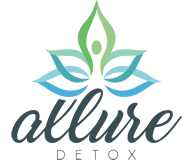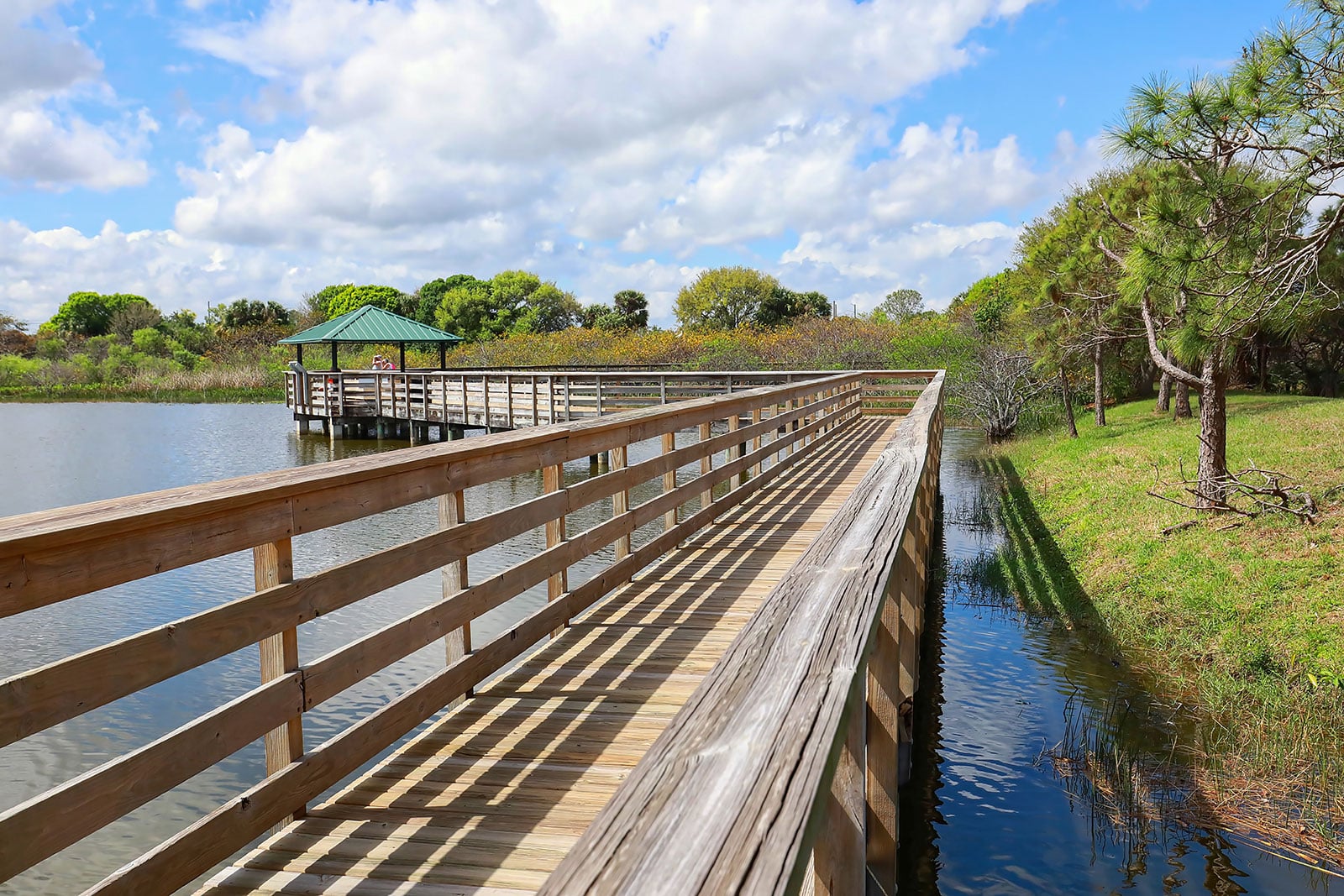Boynton Beach is a beautiful beach community located between Delray Beach and Palm Beach in Florida.
Sadly, the city has high rates of drug abuse within its communities. Crime Grade shows Boynton Beach, with an overdose rate of 38 per 100,000 population, has increased by +2% for the last month.
Drug addiction is increasing at an alarming rate in Florida, so the community has been vigilant to reduce it. The personalization of drug rehabilitation has transformed many lives. Further, it has fostered a compassionate network of resources for individuals seeking reintegration.
Let’s find out more about Boynton Beach’s drug rehabilitation centers and how they transformed lives into recovery.
Table of Contents
Drug Addiction in Boynton Beach, Florida
Before we tackle Boynton Beach’s drug rehabilitation, let’s understand what drug addiction is and the common type of drug abuse in Boynton Beach.
What Is Drug Addiction?
Drug addiction is also known as substance use disorder. It’s a chronic condition characterized by compulsive drug-seeking and drug use, despite negative consequences.
Addiction can develop from repeated use of substances like alcohol, opioids, stimulants, sedatives, hallucinogens, or other illicit drugs.
What’s more is that addiction causes individuals to lose control over their drug use, making it challenging to stop, even when they have a desire to quit. With the intense cravings and withdrawal symptoms, the person would undergo the cycle of addiction.
Over time, drug addiction can severely impact on physical and mental health, relationships, work or academic performance, and overall well-being.
It’s a chronic condition that requires comprehensive treatment, support, and ongoing management for recovery and maintaining sobriety.
What Are the Common Types of Drugs Abused in Boynton Beach, Florida?
Boynton Beach is in Palm Beach County, Florida. The only readily available drug trend for Boynton Beach is from the Overdose Data To Acton: Fatal Overdose Surveillance Annual Report Palm Beach County, 2021.
As of 2021, these are the most common drugs used in Palm Beach County, Florida:
- Fentanyl
- Cocaine
- Oxycodone
- Alprazolam
- Xylazine
- Heroin
- Mitragynine
- Methamphetamine
- Other Rx Opiods
What Is the Statistics on Drug Addiction in Boynton Beach, Florida?
In October 2016, Boynton Beach suffered the worst evenings when five individuals overdosed within a 12-hour nighttime span. What’s alarming is that drug overdoses from January to October rose to a total of 250.
In 2022, drug addiction hasn’t improved. It was reported that 54 people have died of a drug overdose within 6 weeks!
On the other hand, news about drug overdose alarmed the residents of Boynton Beach last year. According to the news, Boynton Beach has an average of 45 overdoses every month, however, for over three days, 25 residents have overdosed and two lost their lives.
Drug Rehabilitation in Boynton Bleach, Florida
Getting into drug rehab is never easy, especially for someone suffering from an addiction. They have to be a willing participant, otherwise, the treatment wouldn’t be as effective as it should be.
What Is the Drug Rehabilitation Process?
The drug rehabilitation process typically consists of four phases that individuals go through as they progress toward recovery.
Phase One: Assessment and Intake
Once individuals who suffer from drug addiction decide to go through the process, they will be assessed and evaluated on their addiction history, physical and mental health, and personal circumstances.
With this phase, the drug rehab centers will determine the most suitable treatment approach and develop an individualized plan.
Phase Two: Detoxification
Detoxification is the most excruciating phase but rewarding once done. It’s clearing the body of drugs and manages withdrawal symptoms.
Medical professionals supervised this phase to ensure safety and comfort. Moreover, detoxification doesn’t have a definite timeline.
This is a battle of the will and cravings which can be intense depending on the substance and individual.
Phase Three: Rehabilitation
Rehabilitation is the core of the treatment process. It can involve therapeutic interventions, individual counseling, group therapy, cognitive-behavioral therapy, dialectical behavioral therapy, and other evidence-based approaches.
As mentioned above, the rehabilitation process will depend on the individual’s assessment and intake.
Phase Four: Aftercare or Ongoing Recovery
The aftercare phase focuses on maintaining sobriety and preventing relapse after completing the initial treatment program. This involves ongoing therapy, participation in support groups, getting sponsors, and access to community resources.
Aftercare aims to provide ongoing guidance, support, and accountability as individuals transition back into their daily lives.
What Are the Types of Drug Rehab Treatments?
Inpatient/Residential Rehab
Inpatient or Residential Rehab is a live-in treatment option that provides patients with supervised care schedules to help them overcome addiction.
Additionally, patients might have a licensed professional to observe and monitor them 24/7, depending on the program.
Outpatient therapy may be followed after going through the inpatient program which could run from a few weeks to a few months.
Outpatient Rehab & Intensive Outpatient Programs (IOP)
Outpatient programs don’t require people to live at the facility or be there all the time. This means that people can go to therapy and get help on their own time.
Plus, treatment can happen at a drug treatment center, a community health clinic, a clinic connected to a hospital, or another place where people meet regularly.
Some outpatient programs may even have schedules at night and on weekends. This makes a good choice for individuals who have work obligations that keep them from going to a hospital rehab.
Partial Hospitalization Program (PHP)
PHPs are daily drug rehab programs that give patients a high level of care while letting them go home each night. They are as intense and structured as inpatient programs and usually meet at least 5 days a week for 4 to 6 hours a day.
In addition, PHP can be a step down from inpatient care or the first step in treatment. As such, these programs give people access to mental health services which last between 14 and 21 days and require at least 20 hours of training per week.
Medication-Assisted Treatment (MAT)
MAT combines medication with counseling and behavioral therapies to manage addiction to substances like opioids, alcohol, or tobacco.
Medications such as methadone, buprenorphine, or naltrexone, help reduce cravings, alleviate withdrawal symptoms, and support long-term recovery.
How to Select the Right Rehab Center?
As mentioned before, going through the journey of sobriety takes a lot of effort and strong will. Plus, the treatment is a two-way street where the patient and the rehab center work together through the process.
Here are ten tips to consider when choosing the right rehab center:
1. Treatment Approach: Find a center that matches your treatment preferences.
2. Accreditation and Licensing: This part is very crucial to verify since there are a lot of hoax centers that take advantage. Thoroughly research the rehab center and ensure they meet quality standards.
3. Staff Credentials: For everyone’s safety, it’s important to check and verify the qualifications and expertise of the staff.
4. Treatment Programs: There are several programs for drug addiction treatment. Look for rehab centers that have options and choose what’s best for you.
5. Individualized Treatment Plans: Seek centers that personalize treatment for each person.
6. Dual Diagnosis Capabilities: If you suffer from any mental health disorder, choose a center that can address both issues.
7. Continuum of Care: Centers must have aftercare support. Aftercare support is crucial as well. This will maintain your sobriety and prevent relapses.
8. Location and Environment: Choose a location that suits your preference. Sometimes, being in different scenery can provide peace and reduce the stress your body goes through during rehab.
9. Insurance Coverage and Cost: It’s advisable to check if the center accepts your insurance. This way, you can continue to receive care without worrying about the cost.
10. Reviews and Testimonials: Word of mouth is still a powerful tool. Read feedback from previous patients and see how they are fair on the treatment.
Conclusion
The journey to sobriety can be painful and it may take half your life to recover. As the saying goes, ‘It’s not going to be easy, but it’s going to be worth it.’
With the increasing number of individuals from Boynton Beach, Florida that suffers from drug addiction, the community must come together and support initiatives that promote drug rehabilitation, raise awareness, and provide resources for those in need.
It will be scary at first. Knowing that addiction can rob someone of control, taking a step toward seeking drug rehab can be a powerful and transformative decision.
Take a deep breath, strengthen your will, regain control of your life once more, and choose to be healed.
If you need help, you may call the following hotlines:
- Allure Detox: 855-299-8727
- Florida Statewide Substance Abuse Hotline: 211
- Florida Public Health Department Substance Abuse Program Office: 1-850-245-4444
- Florida Regional Narcotics Anonymous Helplines: 561-848-6262 (Palm County Area)
- Substance Abuse and Mental Health Services Administration Treatment Referral Hotline: 800-662-HELP (4357)
- Drugfree.org: 1-855-378-4373 or text 55753
Published on: 2023-06-28
Updated on: 2023-06-28


